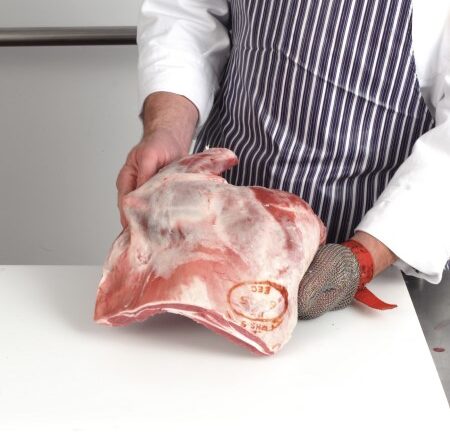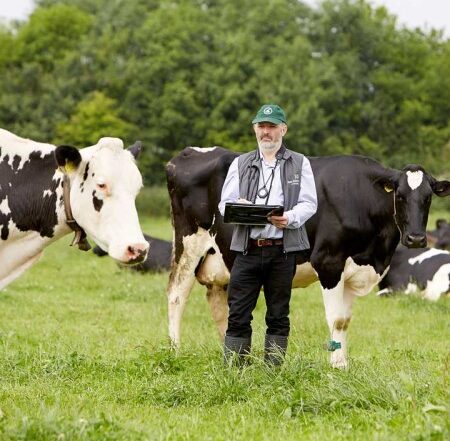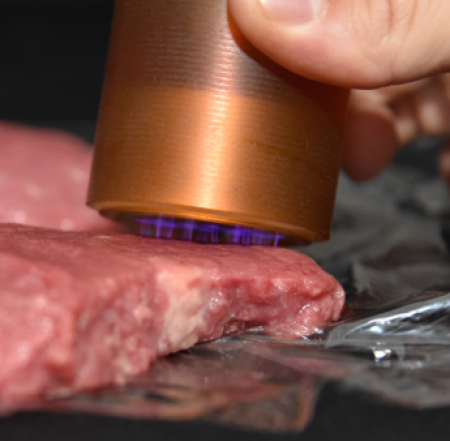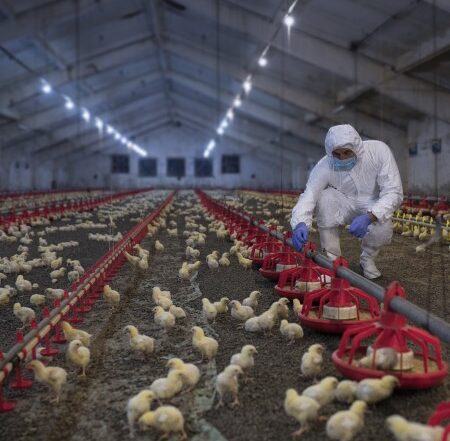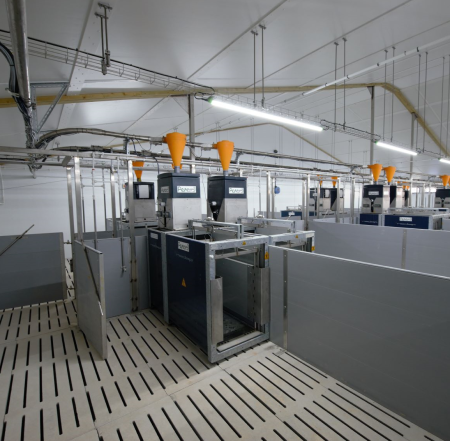CIEL | Case Study: Determining risk to dairy-sourced bull calves as they enter the beef rearing unit
Genetics | Reproduction | Behaviour | Nutrition | Health & Welfare | Productivity | Food Integrity | Environmental Impact
Challenge
The transfer of dairy bred bull calves to dedicated rearing units is becoming an increasingly used model for beef production. Determining risk to dairy-sourced bull calves has a potential high-risk period for calf health when animals, often leading to mass vaccination of whole groups as a preventative disease control measure. There is a concurrent pressure to reduce antibiotic use, with post 2020 targets likely to include calves as a specific focus area (RUMA 2019).
Action
Multiple factors determine whether calves succumb to disease or experience poor performance during the entry period. Understanding these factors will enable more informed decisions at all stages of the supply chain. A collaborative project involving integrated calf company Buitelaar Productions UK Ltd and the University of Nottingham is seeking to develop a computer algorithm for Determining risk to diary-sourced entering the rearing farm.
The project uses critical expertise at the University of Nottingham ruminant population health group in the fields of data analytics and machine learning to develop the algorithm. This group is widely acknowledged as world leaders in this area, with expertise in dairy and beef herd health, epidemiology, and the application of novel analytical approaches to data derived from cattle farming enterprises. By understanding the factors that contribute to calves being at a high risk of disease at the point of entering the rearing units, specific management can be arranged based on assigned risk. Such interventions would include grouping and allocating calves by disease risk, specialised feeding and management plans and focused treatments in the event of disease outbreaks – leading to a reduction in unnecessary antibiotic use. There will also be the opportunity to feed data back to farms managing the calves from birth, helping the farmer to better understand what management practises can help to reduce the risk to calves when they enter the rearing farm.
The resulting decision support tool will be user friendly and enable decisions to be made quickly. This information could be disseminated to relevant parties across the supply chain.
Impact
A better assessment of risk for dairy bred calves entering a rearing unit will lead to more targeted health treatment focused on animal need and so improve welfare, reduce antimicrobial use and lift average performance, leading to a more sustainable production system.



